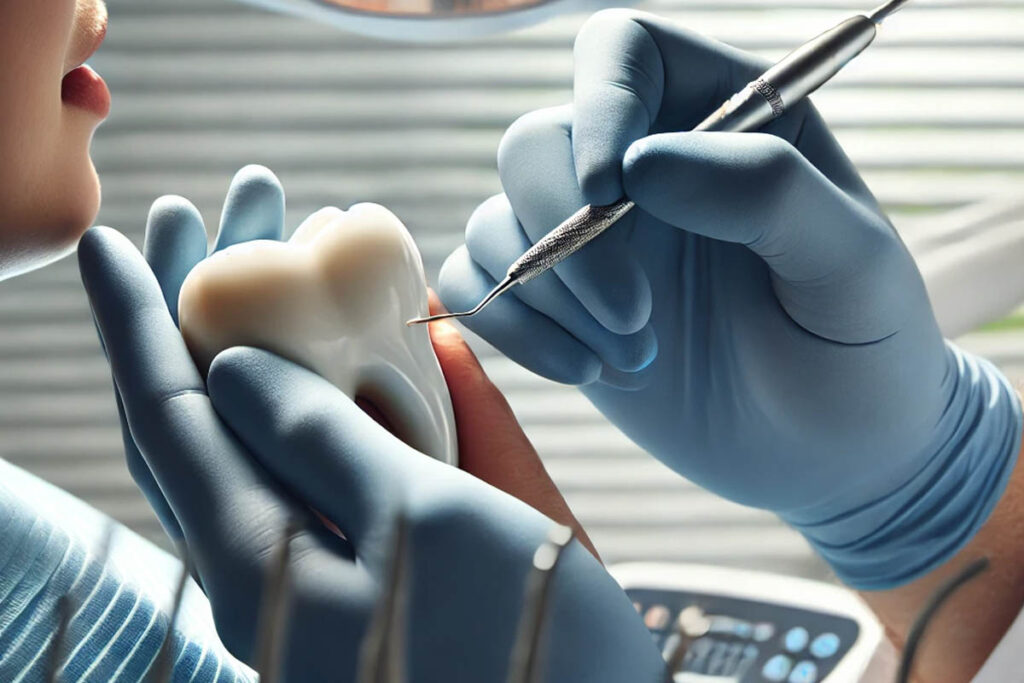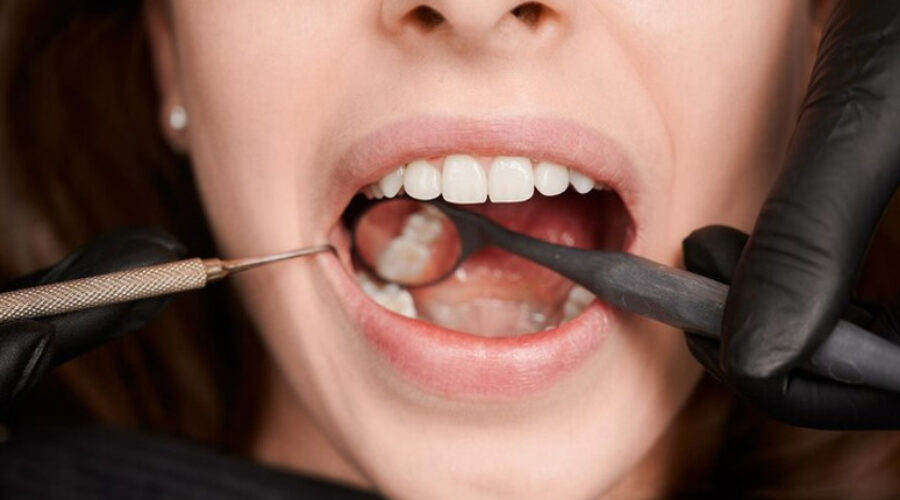Performance of Composite Resin Bonding in Modern Dentistry
Composite resin bonding has revolutionized cosmetic and restorative dentistry. Known for its aesthetic appeal and functional benefits, composite resin bonding is a preferred choice for many dental procedures. This blog post will evaluate the durability and effectiveness of dental bonding, highlighting its role in modern dentistry. By understanding the longevity and performance of dental bonding, patients can make informed decisions about their dental treatments.

What is Composite resin bonding?
Composite resin bonding involves the application of a tooth-colored resin material to repair decayed, chipped, fractured, or discolored teeth. The resin is applied to the tooth, sculpted into shape, hardened, and polished to match the surrounding teeth, offering a natural and aesthetically pleasing appearance.
Mechanism and application
Composite resin bonding is typically used for minor repairs, filling cavities, closing gaps between teeth, and even reshaping teeth. The process starts with the preparation of the tooth surface, followed by the application of resin in layers. Each layer is hardened using a special light before the next is applied.
Longevity of Composite Resin Bonding
Factors Influencing Longevity
- Material Quality: The type of resin used and advancements in composite materials significantly impact the longevity of the bonding.
- Application Technique: Skilled application by an experienced dentist ensures better adhesion and durability.
- Oral Hygiene: Good oral hygiene practices, including regular brushing, flossing, and dental check-ups, can extend the lifespan of composite resin bonding.
- Dietary Habits: Avoiding hard foods and substances that can stain (such as coffee and tobacco) helps maintain the appearance and durability of the bonding.
Expected life span
On average, composite resin bonding lasts between 5 and 7 years. With proper care and maintenance, it can last longer, making it a cost-effective solution to many dental issues.</p>
Performance of com
posite resin bonding
The aesthetic benefits
One of the primary advantages of resin bonding is its aesthetic appeal. The material can be closely matched to the color of the patient’s natural teeth, making repairs virtually invisible. This makes it ideal for visible areas of the mouth, such as the front teeth.
Functional benefits
Composite resin not only enhances appearance but also restores function. It can repair decayed teeth, fix minor cracks and chips, and protect exposed tooth roots caused by gum recession. The resin material is strong enough to withstand normal biting and chewing forces, making it a versatile solution to various dental problems.
Minimally Invasive
The procedure for composite resin is minimally invasive compared to other restorative methods. It often requires little to no removal of the natural tooth structure, preserving more of the original tooth.
Comparison with Other Restorative Options
Compared to other restorative options like crowns and veneers, composite resin bonding is less expensive and can be completed in a single visit. However, it may not be as durable as crowns or veneers, which can last longer and provide stronger protection for severely damaged teeth.
Potential drawbacks
- Staining: Composite resin is more susceptible to staining compared to porcelain restorations. Regular consumption of staining substances can discolor the bonded area over time.
- Durability: While durable, composite resin is not as strong as other materials like porcelain or metal.
Conclusion
resin bonding offers a blend of aesthetic and functional benefits, making it a valuable tool in modern dentistry. Its ability to closely mimic natural tooth appearance, coupled with its minimally invasive nature, makes it a popular choice for many dental restorations. However, understanding its limitations, such as susceptibility to staining and potential for less durability compared to other materials, is crucial. With proper care and maintenance, resin bonding can provide a long-lasting and effective solution to various dental issues. Always consult with a dental professional to determine the best treatment option for your specific needs.


